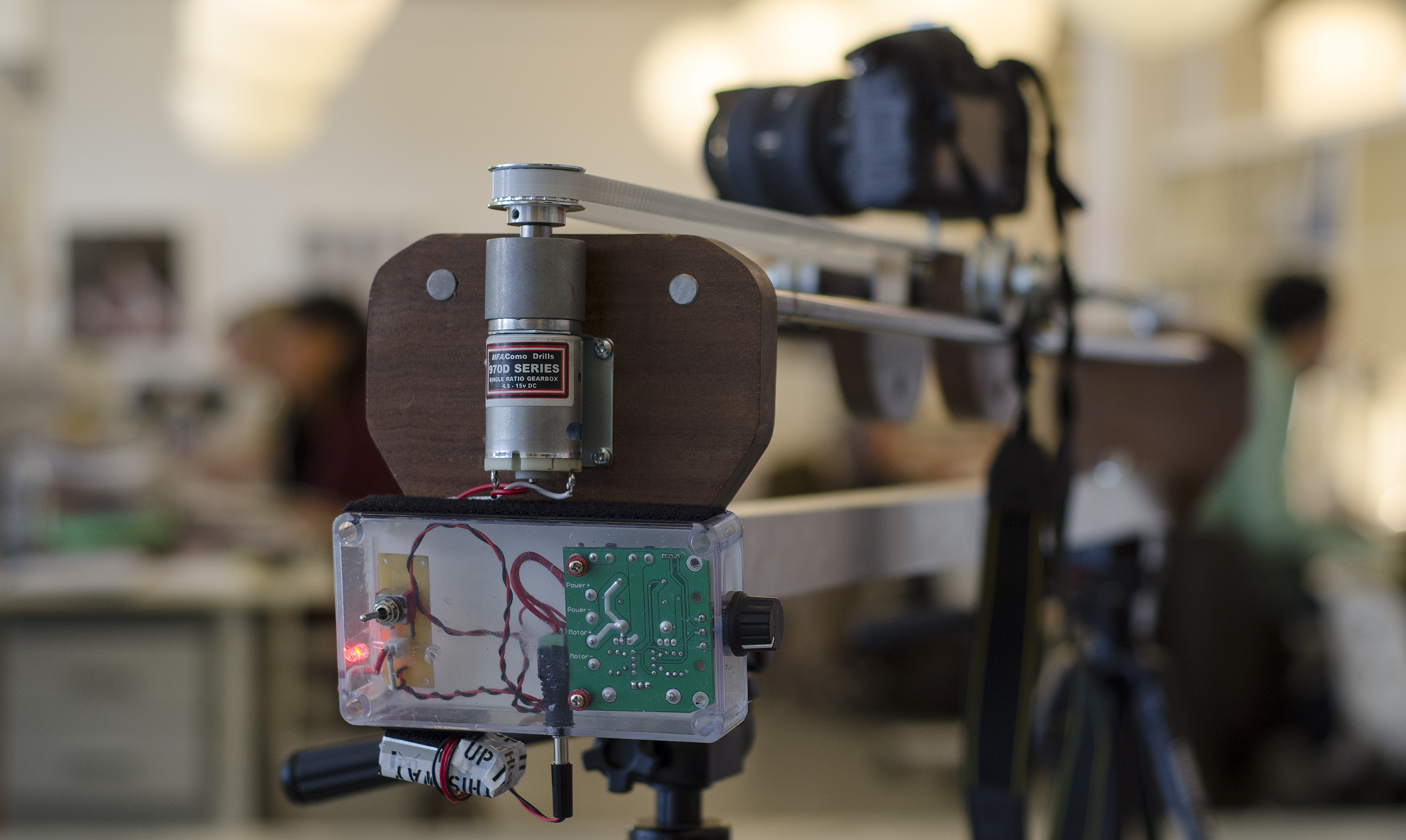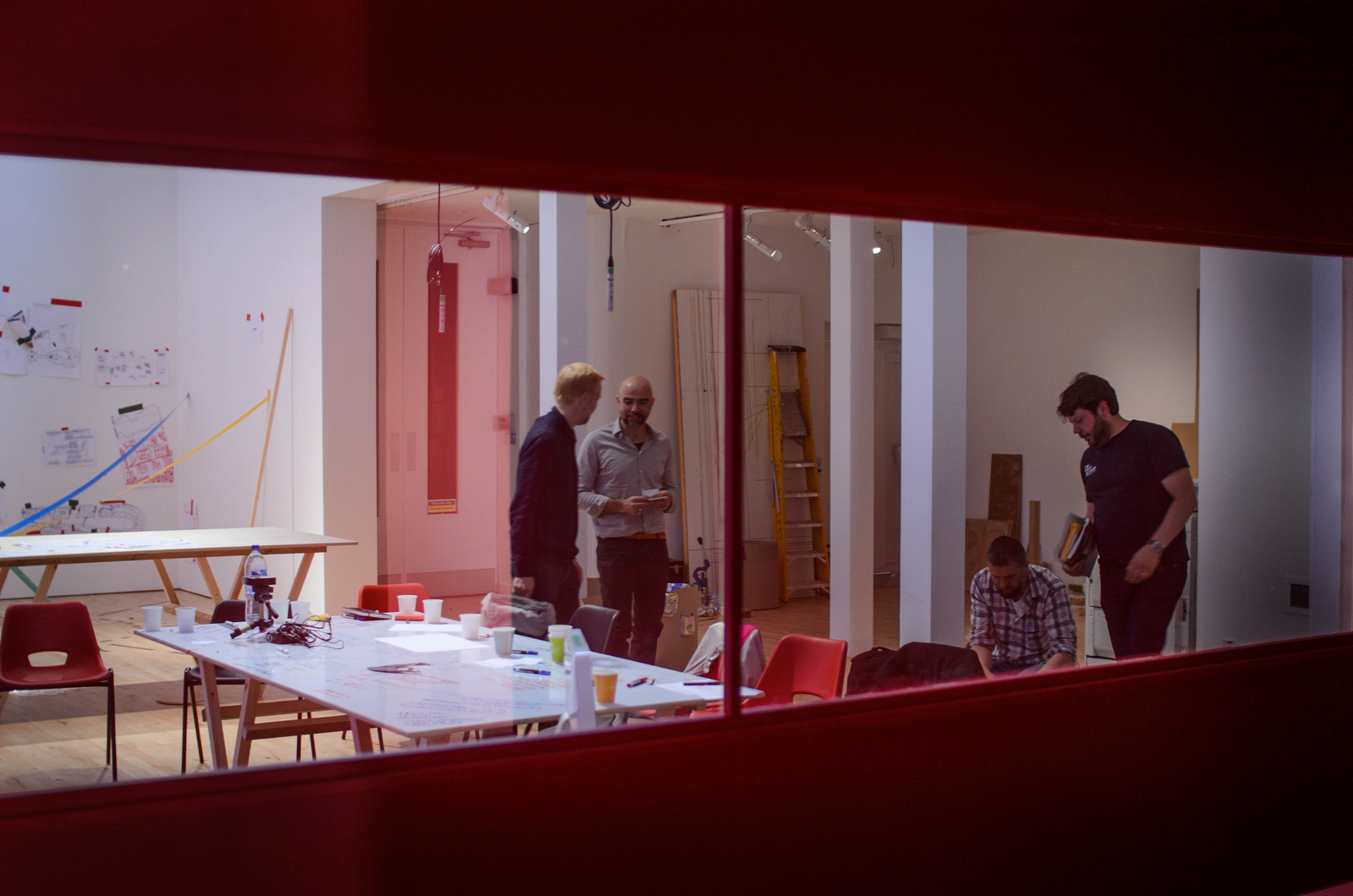Ben Barker
10th May 2013

More pictures here
El Ultimo Grito’s workshop programme Pilots is an undertaking at the Stanley Pickering Gallery that explores new forms of design education. The imperative for this discussion is the changing role of education in an open-data society. If you can learn anything on youtube, what is the role of the educator? Though it’s harder to learn a critical practice with embedded social and system thinking on youtube, it is unclear how long this will remain true. Identifying what institutions and educators roles are now and in the future is key to retaining the viability of a formal education. People are approaching this in variety of ways, a course in Australia recently structured lessons around googleable vs non googleable questions.
It’s a question we explored with Matt last year, and led to us creating a film for the design department at Goldsmiths exploring the value of the University education they offer.
As design becomes less production-focused and increasingly embedded in policy formation and social change, El Ultimo Grito believe design education models will be applicable as new models for education as a whole. You only need to see the quiet, design led revolution happening at gov.uk to know design’s role in society is changing.
Given the increasingly co-designed, agile nature of design practice, what can education learn from industry? Moreover, if we are now regularly seeing flexible, user-lead design processes being put into practice, have we reflected that back on our educational structures?
A defining moment in my university education was a realisation that the teaching I was receiving was as exploratory as my attempts to make sense of it. Our tutors would often acknowledge that lessons were based on a hunch or an experiment. I liked knowing I was both the experiment and the scientist, learning and helping shape my learning. In many ways they are just actions in the same cycle; explaining things helps you understand the gaps in your knowledge. It’s not the only feedback loop inherent in a good design education but I believe it’s the most important. The first time I tried teaching was the moment I realised what I had learned.
Russell talks about the changing relationships with users in his work at GDS:
“But it’s not an agency-type relationship where someone distant and important has to ‘approve’ everything. This is mostly because our chief responsibility is to our users – they approve our decisions by using or not using the services we offer them. Or by complaining about them, which they sometimes do. Also, because you just can’t do agile with a traditional client-approval methodology.”
If all stakeholders in education saw the course as an on-going investigation, with everyone equally responsible, it would increase the sense of ownership for everyone. In primary education the Harris Foundation takes students from around London Boroughs and asks them to design their own education, they call it a step change in student engagement, motivation and learning. The Kunskapsskolan in Sweden also looks at a student lead, deconstructed curriculum and is now the second most popular education provider. The Dirty Art Department at The Sandburg institute looks at an open course model in further education, asking students to define their own ambition and the course. There are plenty of other good examples in this report from Innovation Unit.
Even in the creative sector, it’s surprising how often students feel they are being taught at. As designers, if we are to question how organisations behave, and evangelise a responsive, open process, we need to make sure we’ve checked how we’re engaging our students and teachers in the learning process.
Our session at Pilots was lead by Daniel Charny and we modelled three approaches based around time, place and resources. The project is on going and there’s a really good write up here on the intentions:






